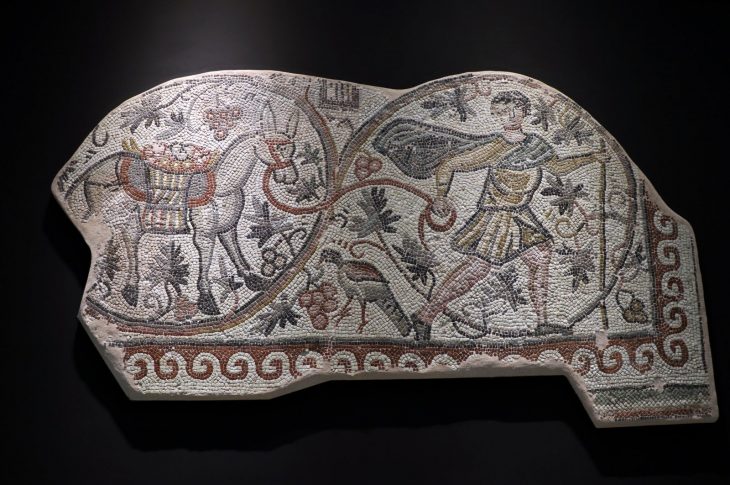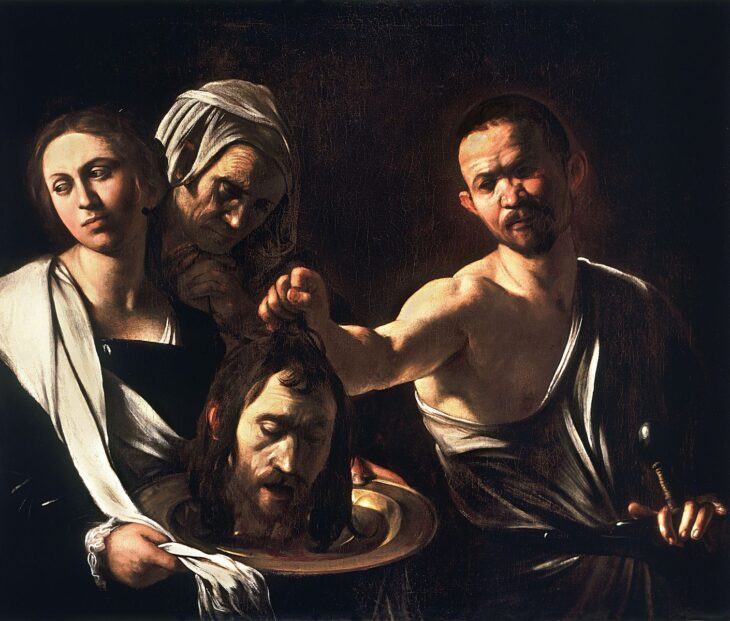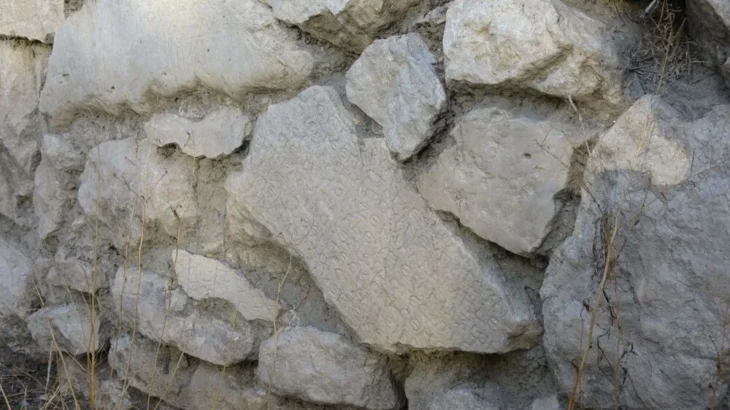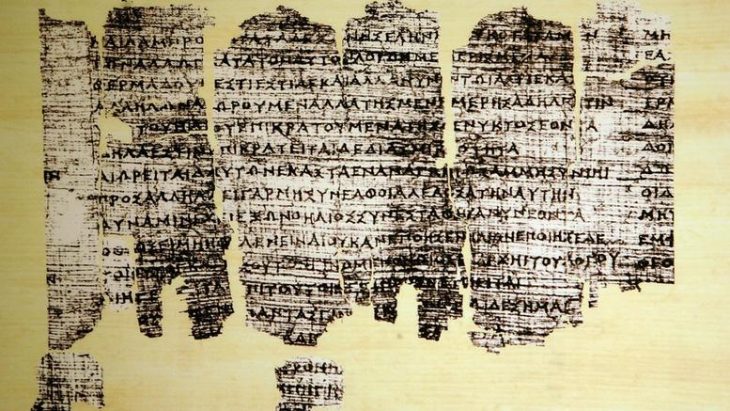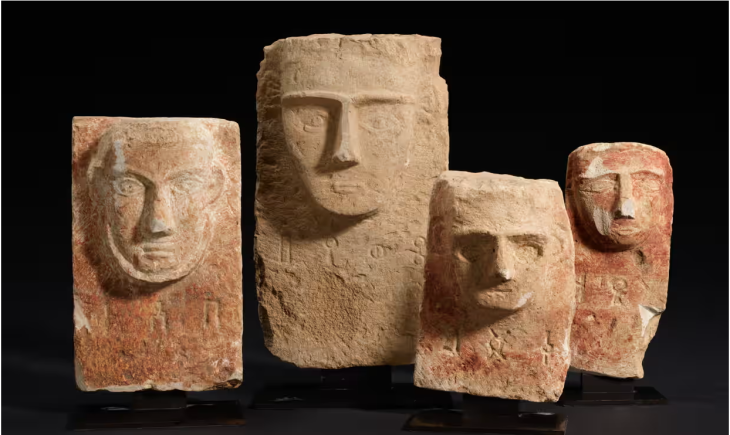El Palmar is a small plaza compound in Mexico near the borders of Belize and Guatemala. Archaeologists Kenichiro Tsukamoto and Javier Lopez-Camacho made an important discovery here in 2011.
During the excavation in El Palmar, archaeologists led by Kenichiro Tsukamoto, assistant professor of anthropology at the University of California, Riverside, discovered the stairs leading to hieroglyphs, leading to the ceremonial platform. The decryption of the hieroglyphs revealed that in June 726 AD, Ajpach’Waal traveled to Honduras to meet with King Copan 350 miles away and form an alliance with King Calakmul near El Palmar.
This discovery, published in the journal Latin American Antiquity, sheds light on the role played by the main central peripheral communities in consolidating the connections between the royal families in the late classics (600-800 AD), and how they might be when things crush these royal families.
The inscription identifies Ajpach’Waal as a “lakam” or standard flag bearer, an ambassador holding a banner during a diplomatic visit between cities. He inherited this lofty position through his father’s lineage, and his mother also came from an elite family. Waal of Ajpach must think this is his highest achievement because the hieroglyphs indicate that the ruler of El Palmar did not provide him with a platform, but built a platform for himself a few months after the mission in September 726 AD. The platform is a kind of theater stage, where spectacular ceremonies are performed for the audience, and only influential people can build their own performances.
Beneath the floor of a temple next to the platform, Tsukamoto discovered the intact burial of a male skeleton in a small chamber. Although buried in a location that suggested ownership of the platform and temple, unlike other elite Mayan burials, only two colorfully decorated clay vessels, without jewelry or other burial goods, had accompanied this individual to the underworld.
📣 Our WhatsApp channel is now LIVE! Stay up-to-date with the latest news and updates, just click here to follow us on WhatsApp and never miss a thing!!

“His life is not like we expected based on the hieroglyphics,” Tsukamoto said. “Many people say that the elite enjoyed their lives, but the story is usually more complex.”
The man was between 35 and 50 years old when he died. Several dating methods including radiocarbon, stratigraphy, and ceramic typology indicate that the burial took place around 726 when the stairs were built. The lofty status of the individual combined with the proximity to the stairs leads the author to believe that this may be Ajpach’Waal himself, or his father.
Before his death, Waal had suffered from various medical illnesses. The statement stated that his skull was slightly flat and he was malnourished when he was a child. The Mayans believed that a flat head made a person more attractive.
When he was a teenager, a medical technician placed jade and pyrite in the diplomat’s upper front teeth. According to the statement, such ornaments indicated that Waal was a government official and inherited the title and resources from his father.
Waal suffered from many ailments. The resulting political volatility affected Waal’s financial situation, and he most likely died in relative obscurity.
“The ruler of a subordinate dynasty decapitated Copán’s king ten years after his alliance with Calakmul, which was also defeated by a rival dynasty around the same time,” Tsukamoto said. “We see the political and economic instability that followed both these events in the sparse burial and in one of the inlaid teeth.”
Like found in El Palmar, pictographic stairs usually convey important information about Mayan society to archaeologists.
“While over 5,000 Maya archaeological sites have been reported, only about 20 hieroglyphic stairways have been uncovered until now,” Tsukamoto told National Geographic. “Furthermore, few of them have survived from looting or natural transformations.”
When scholars initially discovered the El Palmar structure, archaeologists had just found a few other hieroglyphic staircases at Maya archaeological sites.


